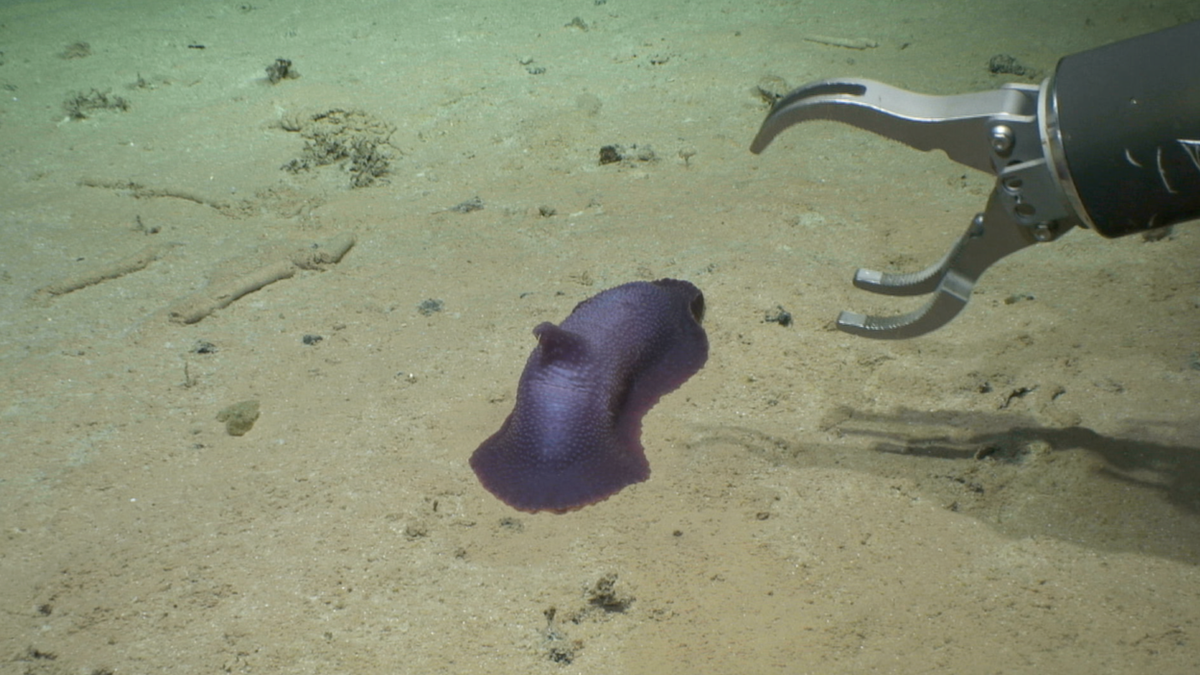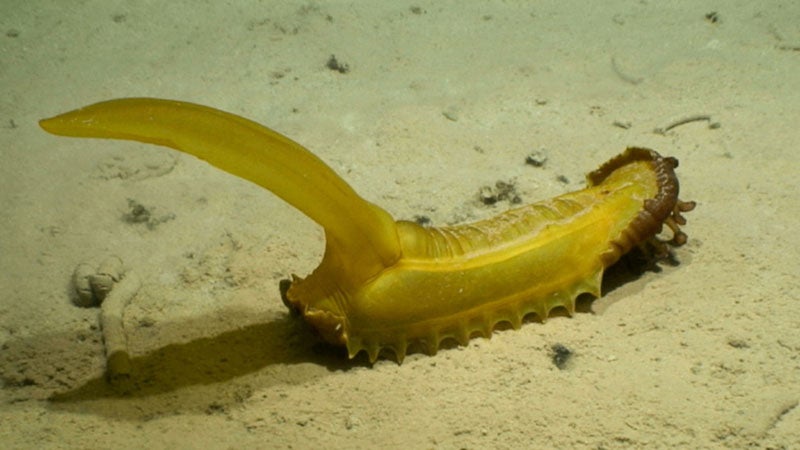
Robots have discovered 39 potential new species at the bottom of the ocean.
Researchers at the Natural History Museum said the undescribed organisms represent a fraction of the undiscovered species from the deep sea, which scientists are working to understand.
A remotely operated vehicle (ROV) allowed the samples – collected from the abyssal plains of the Clarion-Clipperton Zone in the central Pacific – to be brought to the surface.
This enabled scientists to get a much better idea of the organisms living at depths of 3,100 to 5,100 metres below sea level.

In the past animals from this area had only been studied in photographs.
Remarkably, 48 of the 55 specimens recovered were different species, and only nine of the 48 were known to science.
A lot of the life at the bottom of the ocean is a mystery to scientists, and is undisturbed by humans because it is so hard to reach.
Researchers say that while it is known that tiny millimetre-sized creatures (macrofauna) are extremely biodiverse in the abyss, there has not been a lot of information about larger animals (megafauna), and the findings indicate this group could also be very diverse.
Dr Guadalupe Bribiesca-Contreras at the Natural History Museum, the lead author on the study, said: “This research is important not only due to the number of potentially new species discovered, but because these megafauna specimens have previously only been studied from seabed images.
“Without the specimens and the DNA data they hold, we cannot properly identify the animals and understand how many different species there are.”
Among the samples collected were starfish and sea cucumbers, and many are marine invertebrates.
The team also collected small animals anchored to the sediment or attached to hard substrate such as sea anemones, goose barnacles, sea lilies, sea sponges, and a glass sponge more than a metre long.
They also found swimming sea cucumbers and a sea urchin galloping on the seabed.
One of the newly discovered deep sea species is Psychropotes longicauda, also known as the gummy squirrel.
Merit researcher Dr Adrian Glover, who leads the museum’s Deep Sea Research Group, added: “We know that small millimetre-sized animals called macrofauna are extremely biodiverse in the abyss.
“However, we have never really had much information on the larger animals we call megafauna, as so few samples have been collected.
“This study is the first to suggest that diversity may be very high in these groups as well.”
The findings are published in the journal Zookeys.







